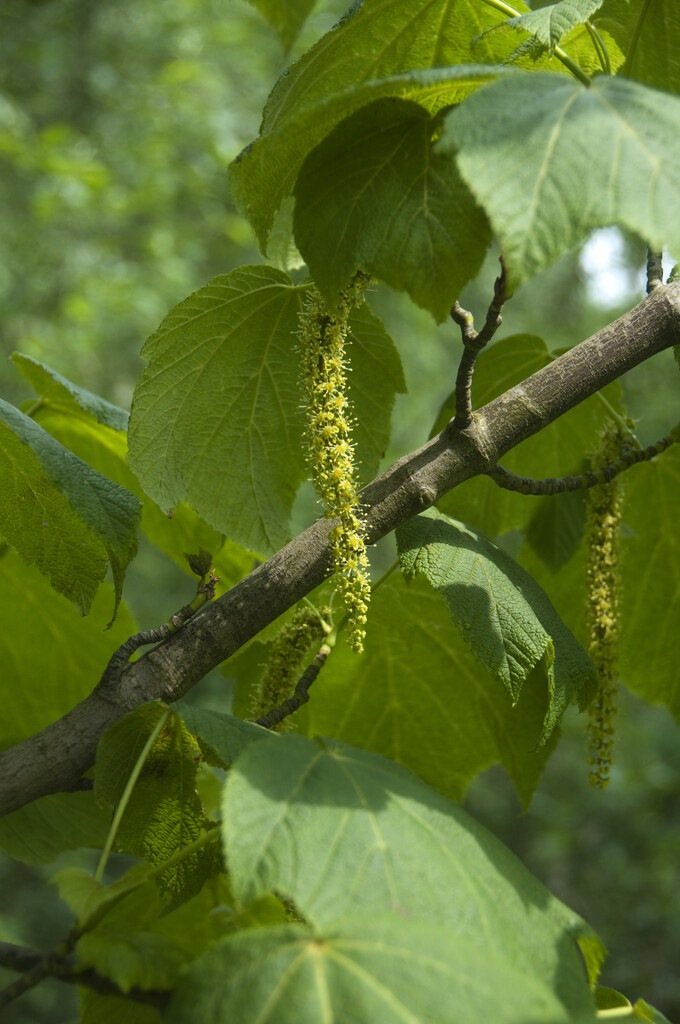Acer nipponicum
Nippon maple
A deciduous tree, up to around 20m high, with large, shallowly lobed green leaves to 25cm across, with each lobe pointed at the tip. Leaves are textured, with deeply impressed veins, and covered with rust-coloured hairs on the undersides when young. Dense tassels of small yellow-green flowers are produced in spring, followed by winged fruits. Leaves turn yellow in autumn
Size
Ultimate height
Higher than 12 metresTime to ultimate height
10–20 yearsUltimate spread
Wider than 8 metresGrowing conditions
Moisture
Moist but well–drainedpH
Acid, Alkaline, NeutralColour & scent
| Stem | Flower | Foliage | Fruit | |
| Spring | Yellow Green | Green | ||
|---|---|---|---|---|
| Summer | Green | |||
| Autumn | Green Yellow | |||
| Winter |
Position
- Full sun
- Partial shade
Aspect
East–facing or South–facing or West–facing
Exposure
Exposed or Sheltered Hardiness
H6Botanical details
- Family
- Sapindaceae
- Native to GB / Ireland
- No
- Foliage
- Deciduous
- Habit
- Columnar upright, Spreading branched
- Genus
Acer can be deciduous trees or large shrubs with paired, often palmately-lobed leaves and small flowers followed by characteristic winged fruits. Many have fine autumn colour, and some have ornamental stems
- Name status
Correct
- Plant range
- Japan
How to grow
Cultivation
Grow in moisture-retentive, well-drained soil in sun or part shade
Propagation
Propagate by seed in autumn or spring, or by softwood cuttings in summer
Suggested planting locations and garden types
- Architectural
- Low Maintenance
Pruning
Minimal pruning required; see pruning group 1. Prune from late autumn to mid-winter only
Pests
May be susceptible to Acer gall mite, aphids, caterpillars and horse chestnut scale
Diseases
May be susceptible to Verticillium wilt, Acer leaf scorch and honey fungus
Get involved
The Royal Horticultural Society is the UK’s leading gardening charity. We aim to enrich everyone’s life through plants, and make the UK a greener and more beautiful place.
